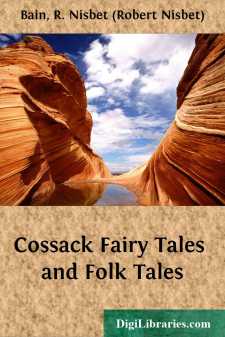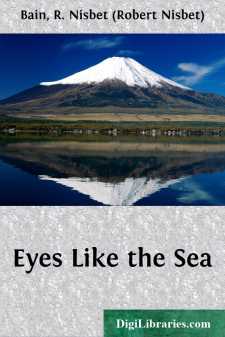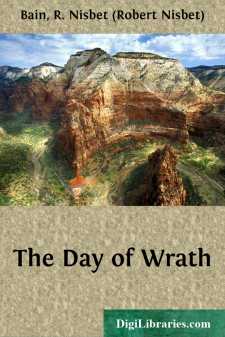Categories
- Antiques & Collectibles 13
- Architecture 36
- Art 48
- Bibles 22
- Biography & Autobiography 813
- Body, Mind & Spirit 142
- Business & Economics 28
- Children's Books 15
- Children's Fiction 12
- Computers 4
- Cooking 94
- Crafts & Hobbies 4
- Drama 346
- Education 46
- Family & Relationships 57
- Fiction 11828
- Games 19
- Gardening 17
- Health & Fitness 34
- History 1377
- House & Home 1
- Humor 147
- Juvenile Fiction 1873
- Juvenile Nonfiction 202
- Language Arts & Disciplines 88
- Law 16
- Literary Collections 686
- Literary Criticism 179
- Mathematics 13
- Medical 41
- Music 40
- Nature 179
- Non-Classifiable 1768
- Performing Arts 7
- Periodicals 1453
- Philosophy 64
- Photography 2
- Poetry 896
- Political Science 203
- Psychology 42
- Reference 154
- Religion 513
- Science 126
- Self-Help 84
- Social Science 81
- Sports & Recreation 34
- Study Aids 3
- Technology & Engineering 59
- Transportation 23
- Travel 463
- True Crime 29
The Lion of Janina The Last Days of the Janissaries
Description:
Excerpt
CHAPTER I
THE CAVERNS OF SELEUCIA
A savage, barren, inhospitable region lies before us, the cavernous valley of Seleucia—a veritable home for an anchorite, for there is nothing therein to remind one of the living world; the whole district resembles a vast ruined tomb, with its base overgrown by green weeds. Here is everything which begets gloom—the blackest religious fanaticism, the darkest monstrosities of superstition—while an eternal malediction seems to brood like a heavy mist over this region, created surely by God's left hand, scattering abroad gigantic rocky fragments, smiting the earth with unfruitfulness, and making it uninhabitable by the children of men.
Man rarely visits these parts. And, indeed, why should he come, or what should he seek there? There is absolutely nothing in the whole region that is dear to the heart of man. Even the wild beast makes no abiding lair for himself in that valley. Only now and then, in the burning days of summer, a lion of the wilderness, flying from before the sultry heat, may, perchance, come there to devour his captured prey, and then, when he is well gorged, pursue his way, wrangling as he goes with the echo of his own roar.
Solitary travellers of an enterprising turn of mind do occasionally visit this dreary wilderness; but so crushing an impression does it make on all who have the courage to gaze upon it, that they scarce wait to explore the historic ground, but hasten from it as fast as their legs can carry them.
What is there to see there, after all? A battered-down wall, as to which none can say who built it, or why it was built, or who destroyed it. A tall stone column, the column of the worthy Simon Stylites, who piled it up, stone upon stone, year after year, with his own hands, being wont to sit there for days together with arms extended in the shape of a cross, bowing himself thousands and thousands of times a day till his head touched his feet. The northern and southern sides of the valley are cut off from the rest of the world by gigantic masses of rocks as steep and solid as the bastions of a fortress; only towards their summit, at an elevation of some three to four hundred yards, is a little strip of green vegetation visible.
Darkly visible at intervals in this long and steep rocky wall are the mouths of a series of caverns, of various sizes, all close together. It looks as if some monstrous antediluvian race had cut two or three stories of doors and windows into the living rock, in order to make themselves palaces to dwell in.
The walls of these caverns are so rugged, their bases are so irregular, that it is scarcely conceivable that they could be the work of human hands, unless, indeed, the arched concavities of the chasms and the regular consecutiveness of the series may be assumed to bear witness to the wonder-working power of finite forces.
Three of the entrances to these caverns have all the loftiness of triumphal arches; nay, one of them, carved in the base of the rock, is so exceptionally vast that it rather resembles the nave of a huge church, and is said to penetrate the whole mountain to the sea beyond. It is said that if any one has the courage to attempt the journey, he will discover mysterious hieroglyphics carved on the walls. Who could have been the authors of this unknown runic language? The Chaldeans perhaps, or the worshippers of Mithra. What hidden secrets, what human memorials are enshrined in these symbols? That question must remain forever without an answer.
Most probably this valley was used as a burial-place by some long-vanished nation, whose tombs have survived them, making the whole region still more dreadful; the gaping crevices of the rocks seem to proclaim, as from a hundred open throats, that here an extinct race has found its last resting-place.
Moreover, the largest cavern of all has the unusual property of sometimes emitting whistling sounds like interrupted human voices. The shepherds on the mountain summits listen terror-stricken to this bellowing of its rocky throat....









